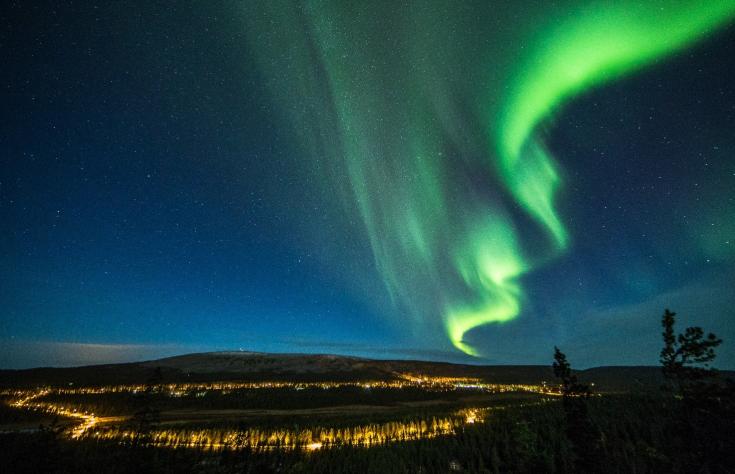Regional Council of Lapland

About the region…
Lapland is the northernmost and largest region in Finland by area, covering about one-third of the country's total land area. Lapland is known for its stunning nature, diverse activities, and rich culture. The region is home to around 180,000 people. Lapland is also famous as the homeland of the Sámi people.
Lapland’s economy is diverse, with a strong tourism, mining industry as well as forestry. Lapland is the most international region of Finland due to its geographical location and international connections. Its central position as a neighbor to Sweden, Norway, and Russia has made internationality an integral part of everyday life for the people of Lapland.
Lapland is a key region in promoting the green transition and sustainable development. The area has vast opportunities for the production of renewable energy. Sustainable tourism models are also being developed in the Lapland region.
About us…
Regional Council of Lapland is a statutory joint municipal authority, whose members are all 21 municipalities of Lapland. Our work is based on the well-being of the people of Lapland, as well as the vitality and attractiveness of Lapland.
Regional Council of Lapland develops, plans and safeguards the interests of Finland's most northern, geographically the most extensive and most international region. In addition, Regional Council of Lapland leads the development and program work related to national and EU funds in Lapland.
Regional council also has a EUROPE DIRECT Lapland information point, and the council participates in several projects funded by national and EU sources.
About Picobello…
Lapland is an exceptional environment in regards to sparse population and long distances. This creates inevitable characteristics on applying New European Bauhaus in the area which highlights emphasis on hybrid and even totally digital built environments on a regional level.
There have been activities related to the development of the built environment in Lapland, especially at the interfaces of tourism, wellbeing and industry, but there is still a lot of potential in a more systematic use of the NEB mentality and guiding principles and practices.
Picobello project and New European Bauhaus initiative create many opportunities for Lapland. There’s demand for more green urban areas and public transport. Circular solutions for the built environment need to be reinforced with life cycle design. Here applying New European Bauhaus more purposefully and cross-disciplinary has a lot of potential.
